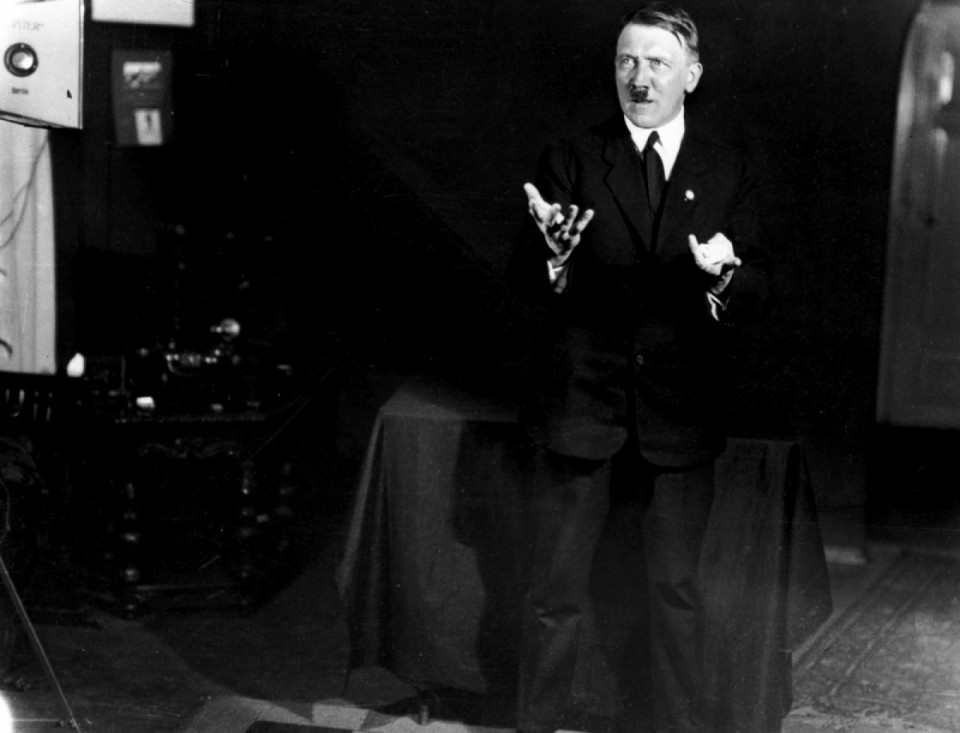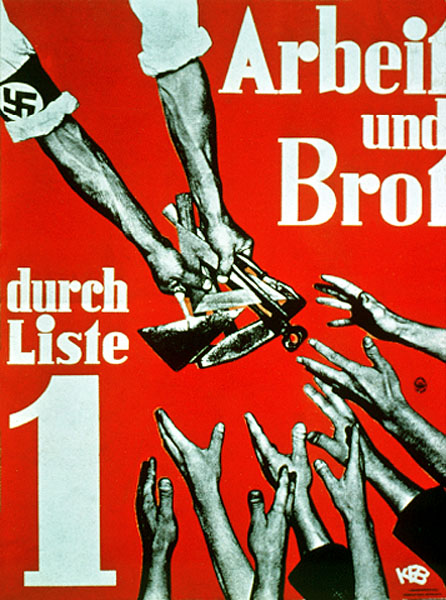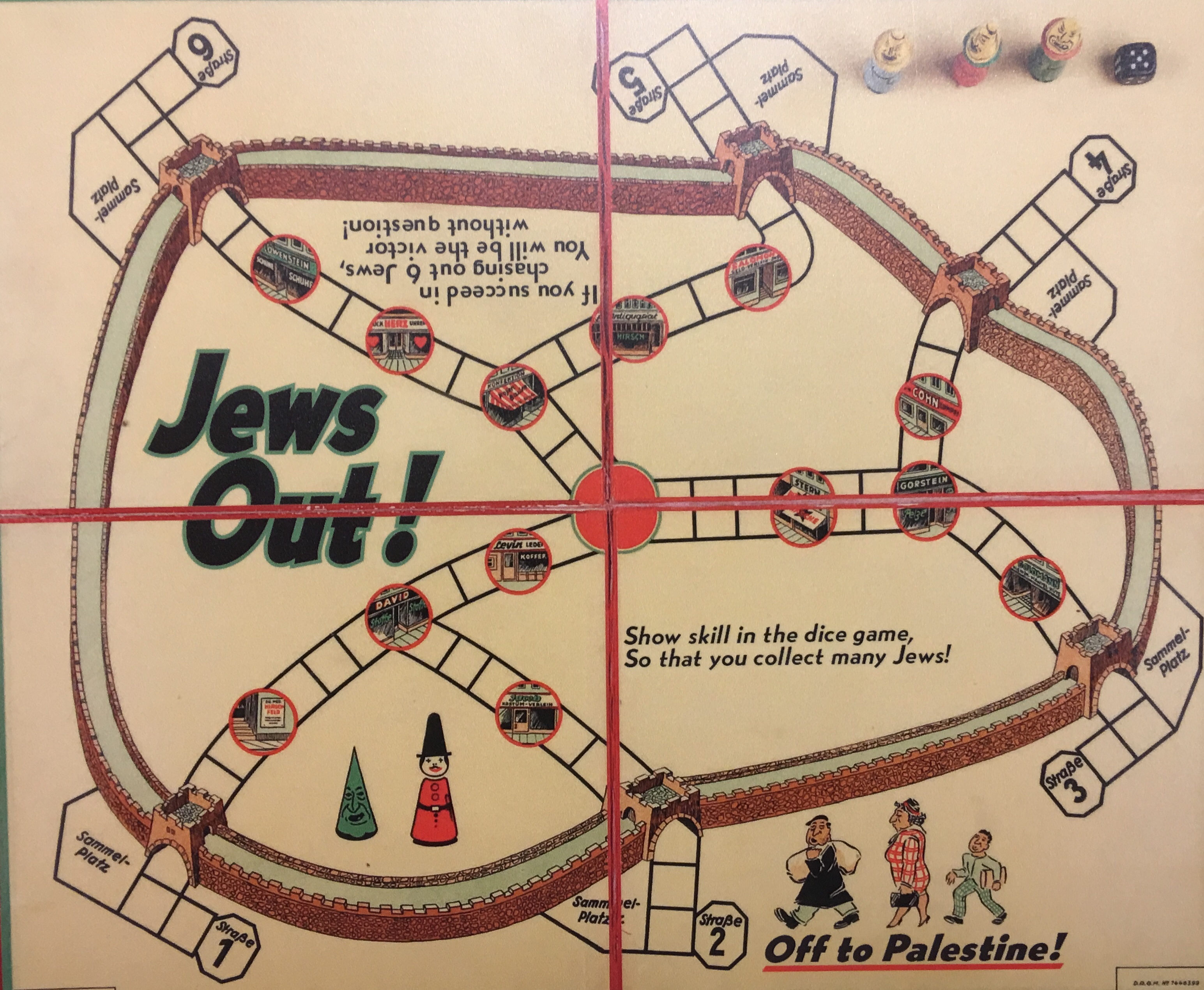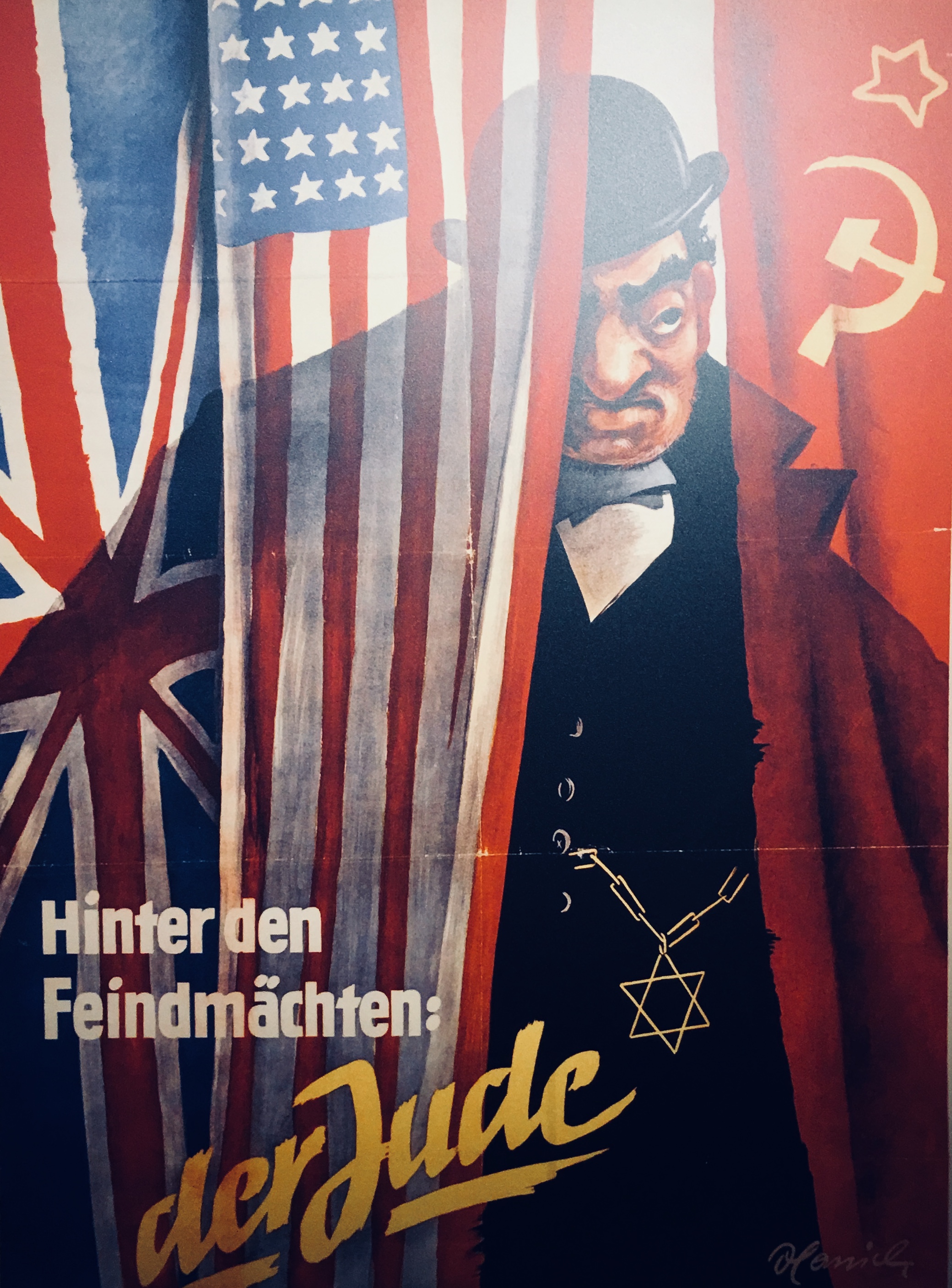The legacy of Nazi propaganda and the 21st century
« Propaganda is truly terrible weapon in the hand of an expert. » said Adolf Hitler in 1924.
This is the quote you can find at the entrance of the temporary exhibition on Nazi propaganda, at the Parlamentarium. State of Deception: The Power of Nazi Propaganda examines how the Nazis sought to manipulate public opinion and behavior in order to attain their goals, the end result of which was a war that cost lives of some 55 million people, including the systematic murder of 6 million Jewish men, women, and children.
Adolph Hitler: propagandist and public image
Unlike many of his political rivals in the Weimar Republic, Adolf Hitler understood the importance of crafting a strong public image. He rehearsed gestures and poses to enhance his presence, and he tailored his dress and speeches to particular audiences. He portrayed himself as a man of the people, an « unknown soldier » who fought for Germany in the Great War and rose to head a political movement due to talent and will alone-notions that were appealing in Germany’s democratic politics.

The power of posters
During the Great Depression, which left about 7 million Germans without work (an unemployment rate of about 30%) the Nazi Party portrayed itself as the only political party capable of creating jobs and putting food on German tables: « Arbeit und Brot » meaning « Work and Bread ».

Antisemitism was a central theme of Nazi ideology, which denounced « the Jew » for contaminating the « German Race », exploiting the working class, and conspiring to gain world economic and political power. Nazi propagandists played up common prejudices with crude caricatures of Jewish stereotypes in order to advance the party’s antisemitic ideas. They understood, however, that antisemitism alone had little drawing power, so to win votes they toned down their rabid anti-Jewish rhetoric for particular audiences and campaigns.
Board game for children served as one way to spread racial and political propaganda to German youth. The objective of this antisemitic game, « Juden Raus! » (Jews Out!) is to force Germany’s Jews to leave the country.

Nazi propagandists frequently depicted « the Jew » as a conspirator plotting world domination by acting behind the scenes in nations at war with Germany. This caricature (check below) represents the « Jewish financier » manipulating the Allies (Great-Britain, the United States, and the Soviet Union).

The legacy of Nazi propaganda and the 21st century
In the 20th century, the Nazis showed the world how dangerous propaganda could be in the hands of experts. Hitler’s propagandists used sophisticated mass communications strategies and the most current technology available to wage deceptive political campaigns in a democracy and to advance their radical goals.
This exhibition highlights the danger of a ruthless state control and manipulation of information, the elimination of free speech, and the demonization of populations deemed to be threats to the « Nation ».
In the 21st century, the information landscape is far different from that of the 1930s and 40s. The internet allows for instant and global mass communications, and today more than 2 billion people get their news and share their thoughts online. While the World Wide Web has become the greatest marketplace of ideas in human history, it is also one of the primary transmitters of propaganda. The so-called fake news. The growth of the web and new technologies have created serious challenges, generating debate about how to counter the spread of dangerous propaganda and incitements to hatred without endangering civil liberties.



